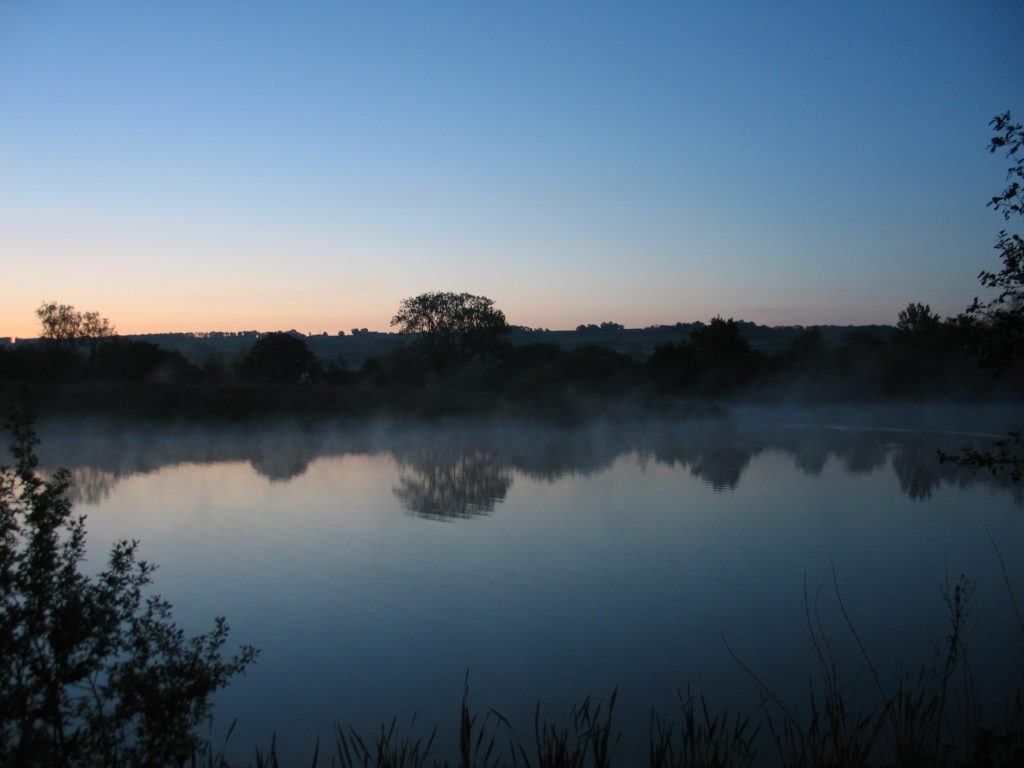Here’s another article from the boys at Nash Tackle. Enjoy!
JAMIE CLOSSICK THE BIG CARP CONUNDRUM
I’ve started fishing a lake that’s new to me this year and despite my initial optimism, at the time of writing this article, it feels as if the venue has well and truly kicked me in the proverbials.
Because this is the first year the lake in question has been open during the close season I was convinced there would be a definite ‘window of opportunity’ but in actual fact it’s been very slow starting after the exceptionally cold winter that we have all had to endure.
When thinking about the venue it reminds me a little of the Yateley car park lake, it’s a similar size and over many years it has been fished by some very good quality anglers, so the carp have seen it all.
The lake contains an impressive stock of fish; in fact one of the best that I have ever fished for, with just the right numbers of carp and a subsequent level of difficulty that I need these days if I’m to stay interested and focussed.
The two biggest fish are very tricky to catch and tend to get caught about once every twelve months.
I have come across this type of fish many times over the years and it always intrigues me that even though they are the biggest and therefore you would assume the ones that eat the most, they are often the least caught.
I’ve often sat and pondered the problem, although there are many variables in the equation and each lake may be very different, some of these ‘once a year fish’ do seem to have certain things in common.
Some waters that I have fished offer a very different challenge, the lake itself could be rock hard and doesn’t give up that many bites, but the biggest fish is the one that gets caught the most.
The Lady from the Cambs Pit is one such example where each year there are roughly twelve different fish caught, most of them once or occasionally twice a year. The only thing in your favour is that The Lady and the Black Pig, the two largest residents, normally make up at least a third of all the bites during a season.
Another one was the now sadly otter ravaged Willington fish that I was lucky enough to have a couple of autumns ago at 46.12 (pic)
Again the lake is fairly tricky but that fish was caught nearly as many times as all the other carp put together making it a more than viable target.
THE COMMON DENOMINATOR?
The one thing that many of the more elusive fish have in common is mouth shape.
The rarely caught ones, unusual in the fact that they are the biggest in the lake and as I’ve mentioned, you would assume they eat the most, often have what I call the ‘hoover’ shape mouth where the top lip protrudes over the top of the bottom one so that when the fish is horizontal, both top and bottom lips can touch the lake bed, it’s rather like the shape of a barbell’s mouth.
Examples of these fish are Paw Print in the Wyre Lake up North and also Mr Angry in the Manchester park lake.
Both of these are 40 pound plus fish and tend to get caught once or twice a year at the most.
Now I haven’t really had a chance to observe any of these fish feeding at close quarters so I’m not completely sure of the reason why they are so good at ‘getting away with it’ but I have two possible theories.
We know that a carp’s mouth is equivalent to our hands. Everything they pick up is with their mouth and it never ceases to amaze me how they can sift out the items that they want from all of the stones, leaves and general rubbish.
They are obviously very adept at sorting out the food items and simply ejecting the rest.
These carp will certainly know what a hook feels like and maybe the ‘hoover’ shape mouth is better suited to the ‘sorting’ process, which in turn means the fish routinely feed on our baited areas and get away with it or deal with the problem of a rig more efficiently than other fish?
For the hook to turn and take hold, most rigs in common use rely on the fish lifting its head or moving in some way to tighten the hook link. So perhaps a more logical explanation is that because of the fact that both lips are tight to the floor and the fish can feed (hoover up the food) without lifting or up ending, conventional rigs are rendered ineffective.
FINDING THE ANSWERS
I have been trying to think of an effective rig or presentation that could be used to get around the problem, the hinged stiff link or the chod rig seems the most obvious choice, but can it provide the solution?
I think a short stiff section that cannot be ejected or turned around has to have more chance and is totally the opposite of a conventional coated hooklink or supple braid rig.
The trouble is I only like using the stiff link on hard bottoms and I have major reservations about using the chod as an all-purpose rig.
I caught the Willington fish using a hinged stiff link but with a six-inch braided boom section, I’m happier using this on a wide variety of bottoms so maybe that could be the answer for me to tempt one of these elusive big fish?
While I was back fishing a couple of weeks ago I did manage to land my first carp from the lake in question on my standard knotless knot coated braid rig. The first fish from a new venue always gives the confidence a boost so I was really happy, at least I was until the following morning when I had fish all over me but nothing had happened.
I had awoken at first light and as soon as I looked out of my peg I saw a nice mirror head and shoulder about 25 yards out letting me know that there were fish around. It was a really carpy, warm and overcast spring dawn and I was sat on the edge of my bed chair with my heart racing, as I was sure that another first light bite was on the cards as it was the previous morning.
I saw many fish ‘show’ all being definite feeding boshes rather than the launching that happens at this time of year which I believe is part of the cleaning process as they awake from their winter slumber, but still nothing happened.
I was leaving at 10am to travel back home and although I was sat on my hands expecting a bite at any moment, by 9am it hadn’t arrived and I was worried.
Eventually I gave in to the temptation to go around and have a look at the two spots that I could see from the tree in the viewing area which at any other time could have jeopardised my chances of a bite by spooking them, but it seemed as if something must be wrong and anyway I only had an hour left.
I crept around and into position and immediately a small common and a known forty plus common swam past two foot from the bank so I knew that the fish were still there.
From the tree I then looked at the other spot as another very large common swam out of a cloud of bottom debris, the fish had obviously been feeding hard.
I had been ‘done’ on both of my visible spots with the freebies having disappeared with just my hook-bait glowing at me after having fish show in the area all morning.
My rigs had let me down and left me wondering, could the fish I had picked up the day before just been a fluke and do I need to work on the rig?
As I write, since that last session three of the four biggest fish have been caught and all were either on a chod or a hinged stiff link!!


what rig did you catch angry on jamie ?